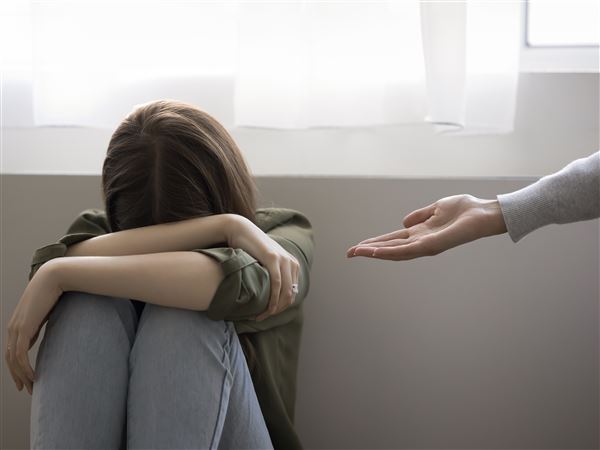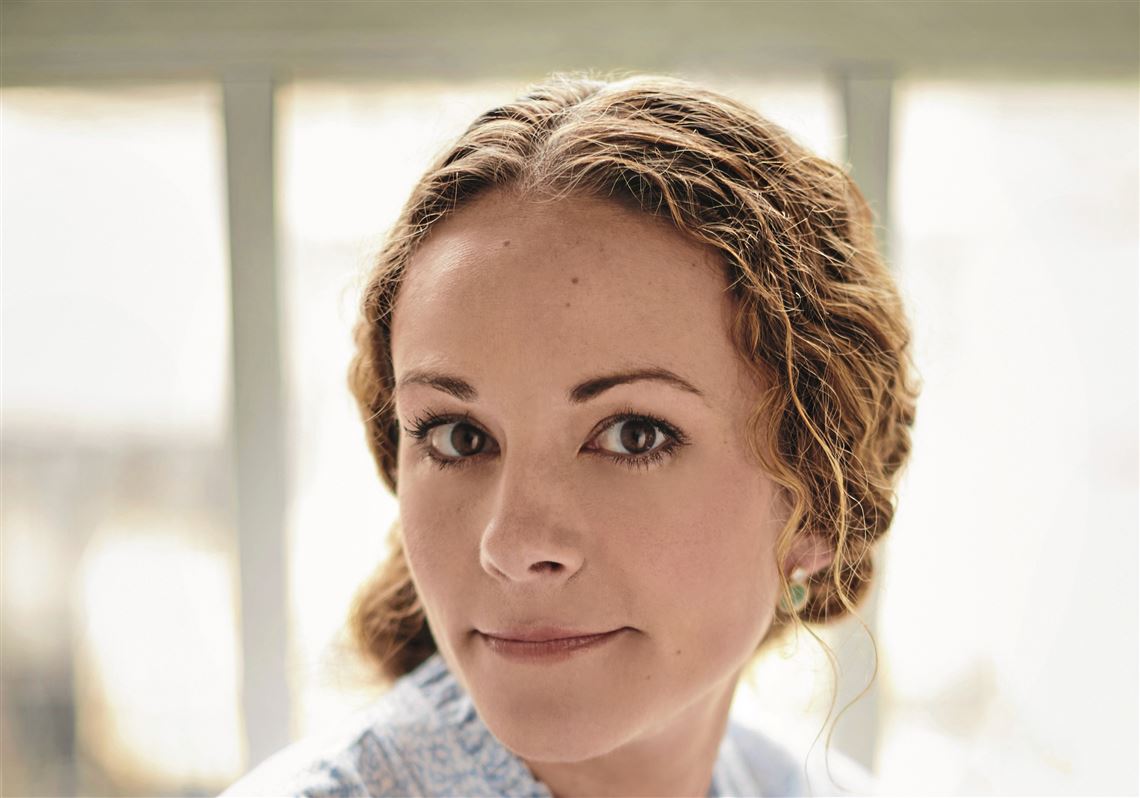“THE ILLNESS LESSON”
By Clare Beams
Doubleday ($26.95)
Clare Beams’ debut short story collection “We Show What We Have Learned” (2016) was a revelatory exploration of the power—and difficulty—of transformation. Each story took place in a world ever-so-slightly more peculiar than our own, yet the author’s portrayal of the emotional complexity of women was painfully cognizant of their everyday struggles.
Now, Ms. Beams, who teaches creative writing at Carnegie Mellon University and St. Vincent College, has turned to the novel with the same empathy and anger found in her short stories, to spectacularly caustic effect. “The Illness Lesson” takes the theme of transformation to new heights by combining historical fact with deeply engaging character study. The result is haunting in its loveliness and empowering in its call for the liberation of women’s minds and bodies.
In Massachusetts in 1871, Caroline Hood is a single woman in her late 20s living with her widower father, Samuel—a philosopher, essayist, and creator of a failed intellectual commune decades earlier—and his most ardent follower, a young man named David for whom Caroline nurses romantic feelings. When blood-red birds of a hitherto unknown species, whom the Hoods name “trilling hearts,” begin to appear around their home, Samuel takes their emergence as a sign that the time is right to create a school for young women “…who can become their own best selves, who can be true partners to their husbands and true mothers to their children.”
The School of the Trilling Heart, as the men decide to call it, is built from the bones of Samuel’s long-dead commune. The new school is an opportunity for the elder Hood to put his myriad philosophies to work as a foundation for teenage girls, one that prioritizes critical thinking over housekeeping and social etiquette. Though Caroline harbors doubts about her father’s ability to sustain such a project, she does not voice them, as she is unwilling to disappoint Samuel by dissenting.
Once the students arrive, Samuel, Caroline, and David begin lessons, and all goes well for a few weeks. Abruptly, however, one student begins to experience fainting spells, and soon every other student is afflicted by a mysterious malady with a range of symptoms—rashes, weakness, verbal tics, and more. Unwilling to send the girls home to their families, which would immediately end the Trilling Heart experiment, Samuel brings in a doctor; the physician quickly diagnoses the illnesses as psychosomatic. His suggested treatment forces Caroline to verbalize her disagreement, even though it means rejecting not just the convictions of the men at Trilling Heart, but her own understanding of herself.
The various transformations undergone by the characters in “We Show What We Have Learned” are writ large in “The Illness Lesson,” as the change begun by the appearance of the enigmatic trilling hearts continues upon the bodies of the students and Caroline herself. Though Caroline has willingly submitted to the decisions and ideals of her father throughout her life, her liberation is only possible when she realizes that Samuel’s dominating personality is harming not just her, but innocent young women as well. As she revaluates her obligation to her father and her attraction to David, Caroline begins to discover the breadth of her capability, realizing that “…in spite of everything hers was a strong body, that if she asked it to, it could take her great distances, relearn its shape as many times as necessary.”
Once Caroline reclaims ownership over her body, that newly developed sense of power enables her to push back against the coercive and dismissive attitudes of the men in her life. As the students’ bodily autonomy is increasingly violated, Caroline is compelled to stand against her father and his colleagues; the result may alienate her from everything she’s known, but it also frees her to pursue a life that only she is able to dictate. The trilling hearts may have been an omen, not of a flock assembling, but rather a great spreading of wings and the pursuit of freedom.
“The Illness Lesson” combines the feminine camaraderie found in Louisa May Alcott’s “Little Women” with the simmering anger of Charlotte Perkins Gilman’s proto-feminist short story “The Yellow Wallpaper,” and the result is both savagely acute in its portrayal of misogyny and tenderly hopeful in its trajectory. Ms. Beams writes beautifully as well as passionately, which will leave readers moved—if not a little anxious to see what such a promising author does next.
Wendeline O. Wright is a member of the National Book Critics Circle (wendywright@gmail.com).
First Published: February 15, 2020, 3:00 p.m.
















